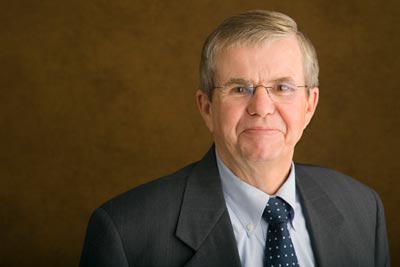By John D. Haeger, President
Changes to classroom and online instruction aren’t the only ways that technology can affect outcomes in higher education.
Communication between faculty and students—which includes frequent and meaningful feedback—can have as much impact on retention as a great course design.
Faculty accessibility looms large as an issue for many prospective students and their parents. Large lecture halls holding hundreds of students symbolize an impersonal approach that no university wants to be known for, and that is increasingly viewed with skepticism as an effective way to teach.
Office hours have traditionally been viewed as a structured one-on-one opportunity, and for faculty to make themselves available in this way still serves an important purpose. But the practice is also inefficient. How often have professors seen the time go unused by students? How often are students frustrated as they try to match their packed schedules to set times that meet a professor’s needs?
Technology, as I’ve repeated on campus numerous times, is a tool, and on this topic that statement definitely holds true.
There are more efficient and effective ways of reaching out to students—individually and in groups—and at Northern Arizona University, where faculty accessibility has long been a hallmark, we’re committed to developing them.
That’s why we’ve put so much work into our Grade Performance Status application. GPS allows faculty to send students constructive comments or offer them a peek at their grade at any time during the semester. And it has recently been upgraded.
An earlier analysis we performed shows real benefits: First-time, full-time students who received a GPS message from their instructors in the fall 2010 semester had a 4.4 percent higher retention rate compared with students who did not receive a message. Those who watch retention closely will appreciate that even the slightest jump that can be attributed to any single factor is a big accomplishment.
To be sure, this is no substitute for office hours or face-to-face contact. But it’s an enhancement, and that’s the true spirit in which technology should be employed in higher education.
Even better, the GPS application was developed by our own faculty and staff. Their participation encourages feedback as we continue to evolve it.
As with other advances in technology, though, one challenge is to evolve faculty attitudes about adopting the application. Laments about the vagaries of fast-moving changes still bounce along some of our tradition-bound hallways. We’re not where we want to be yet, but I remain optimistic.
That outlook derives from my conviction that a desire for positive outcomes is already built in to our academic culture. Now we just need to infuse an equal appreciation for the technology that can get us there.
Editor’s note: The above blog first appeared in the Huffington Post on Oct. 31, 2012



